Global numbers climb, yet many nations are quietly shrinking. The reasons are not mysterious: fewer births, older age structures, steady emigration, and in some places the shock of war. Daily life feels it first as schools merge, clinics stretch to staff nights, and small towns fight to keep trains stopping. Governments test tax credits and childcare, but habits move slowly. What this really means is a rebalancing of people and opportunity, where some maps fade while others pull workers in.
Bulgaria

Projected decline 2020–2050: 22.5%. Bulgaria blends low fertility with high mortality and persistent outward migration, especially among working-age adults. Rural areas age in place as younger residents leave for higher wages elsewhere in Europe. Schools consolidate, health services travel farther, and local businesses struggle to pass between generations. Policy debates center on wages, housing, and family benefits, but momentum cuts both ways. Opportunity draws out, and the base that sustains community thins.
Lithuania
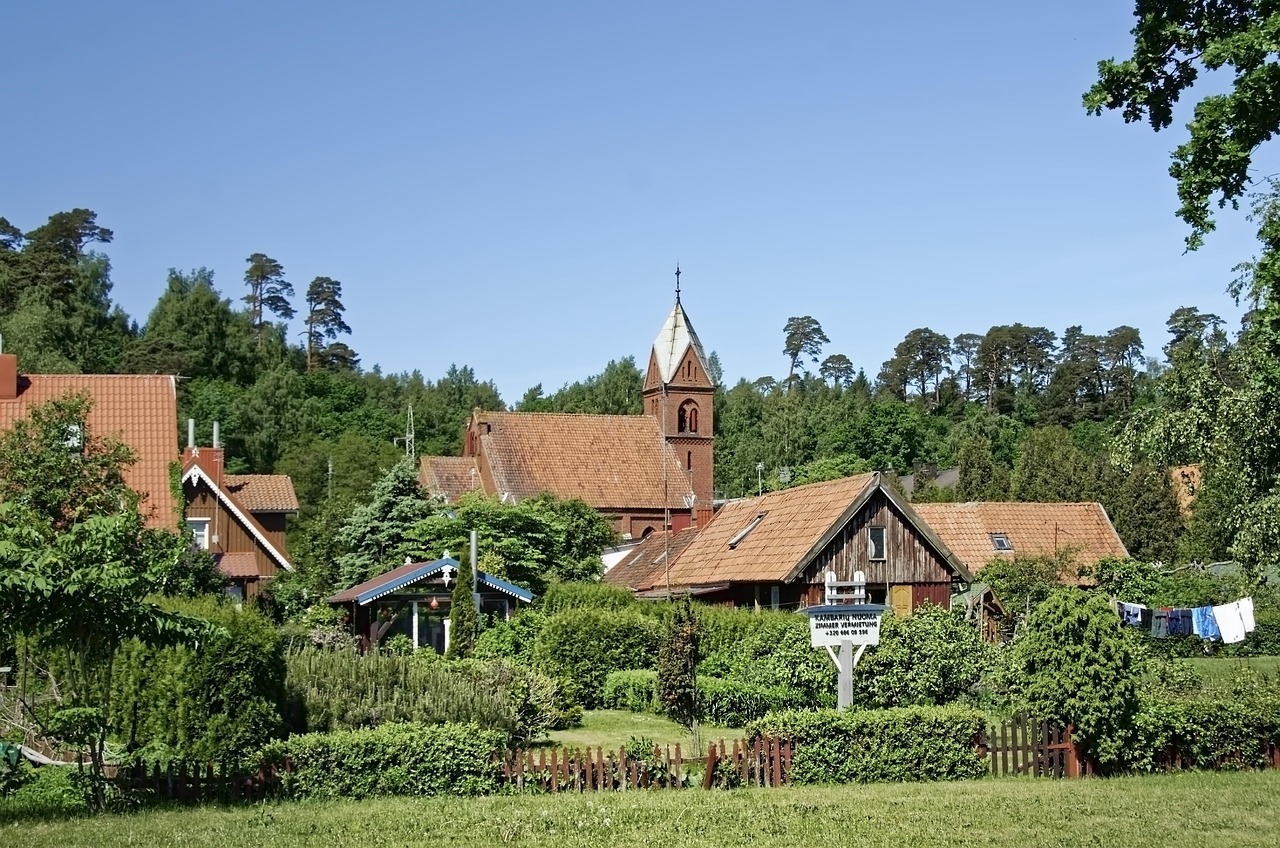
Projected decline 2020–2050: 22.1%. After European Union entry, youth outflows reshaped the labor pool and the birth pipeline. Fertility near 1.6 cannot offset aging, so each graduating class is smaller than the last. Cities pull talent from the countryside while Western Europe pulls from the cities, creating a ladder that points outward. Leaders court returnees with tax breaks and tech corridors, yet migration chains are sticky. The challenge is arithmetic that resists quick fixes.
Latvia
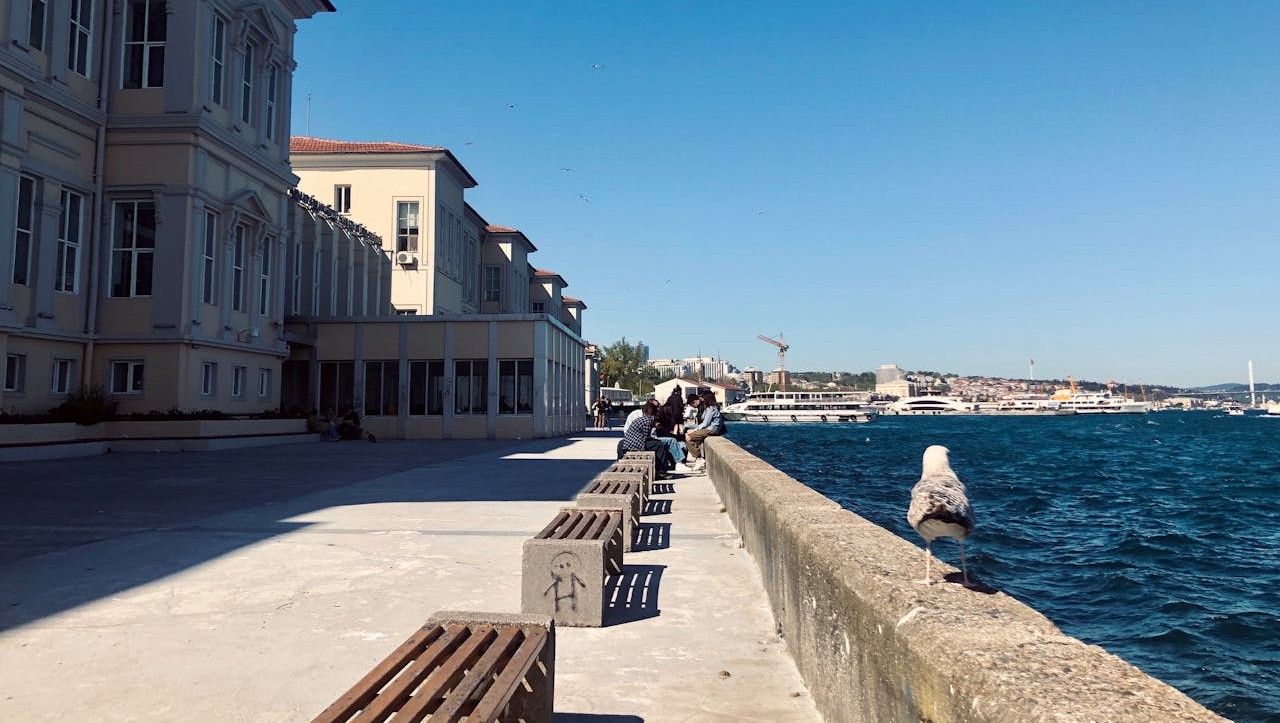
Projected decline 2020–2050: 21.6%. Latvia has shed about one fifth of its people since 2004, a slow bleed with visible effects. Small towns shutter shops midweek, bus routes thin, and housing sits underused even as urban rents climb. Fertility remains below replacement, so growth alone cannot reverse the tilt soon. Child allowances and housing incentives help at the margins, but scale is hard to win. Each departure eases the next, and rebuilding critical mass takes patience.
Ukraine

Projected decline 2020–2050: 19.5%. War alters every demographic lever at once: casualties, displacement, delayed births, and uncertain returns. Families seek safety abroad, draining classrooms and clinics at home and slowing investment in services. Recovery depends on security, reconstruction, and credible paths for returnees to re-enter work and community life. Demography follows confidence. Until confidence returns, long-horizon planning hesitates, and the age pyramid leans away from renewal.
Serbia
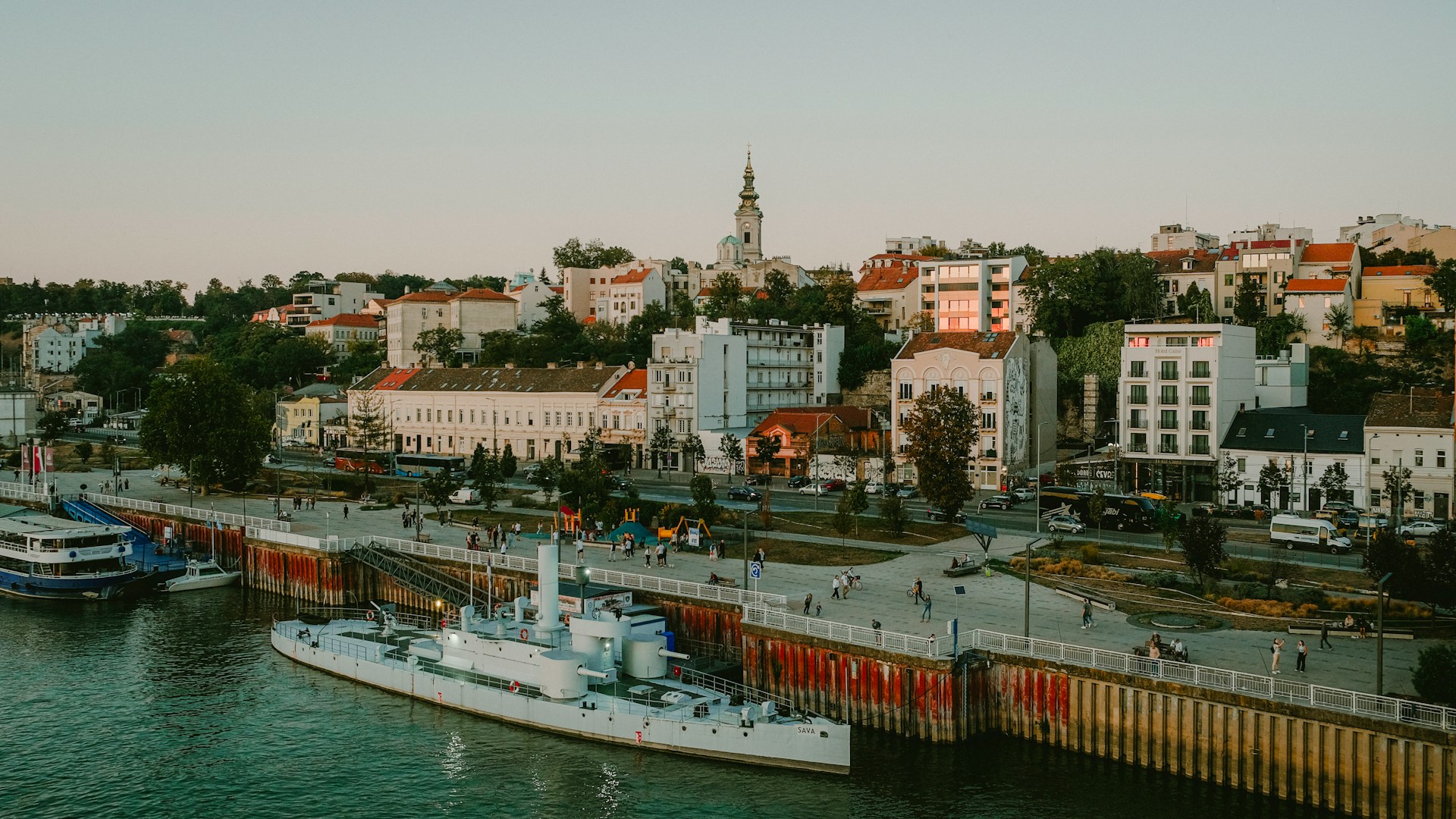
Projected decline 2020–2050: 18.9%. Serbia’s pattern pairs lower birth rates with steady emigration among graduates and skilled trades. Predictable pay and clearer career ladders abroad keep departures high, while return remains limited. The result is a thinner youth cohort and rising dependency ratios. Officials pitch startup ecosystems and family grants, but wages and housing set the terms. Without sustained local opportunity, the cultural pull of home struggles to win against arithmetic.
Bosnia And Herzegovina

Projected decline 2020–2050: 18.2%. The long aftermath of the 1990s war still shadows the country’s demographic profile. Loss, displacement, and a complex political structure slowed investment and thinned prospects for youth. Emigration acts as a safety valve, but each exit lowers the odds of local renewal. Fertility stays below replacement as aging accelerates service needs. Durable reversal requires jobs with duration, not just projects with headlines.
Croatia

Projected decline 2020–2050: 18%. European Union entry in 2013 opened doors many took, especially younger and skilled workers. Fertility near 1.48 keeps the base small, and tourism’s seasonality struggles to anchor year-round family life beyond major hubs. Towns market lifestyle and coastal schools to keep families, yet housing costs pinch new parents. Patterns can bend, but only when wages, childcare, and predictable careers align with the promise of staying put.
Moldova
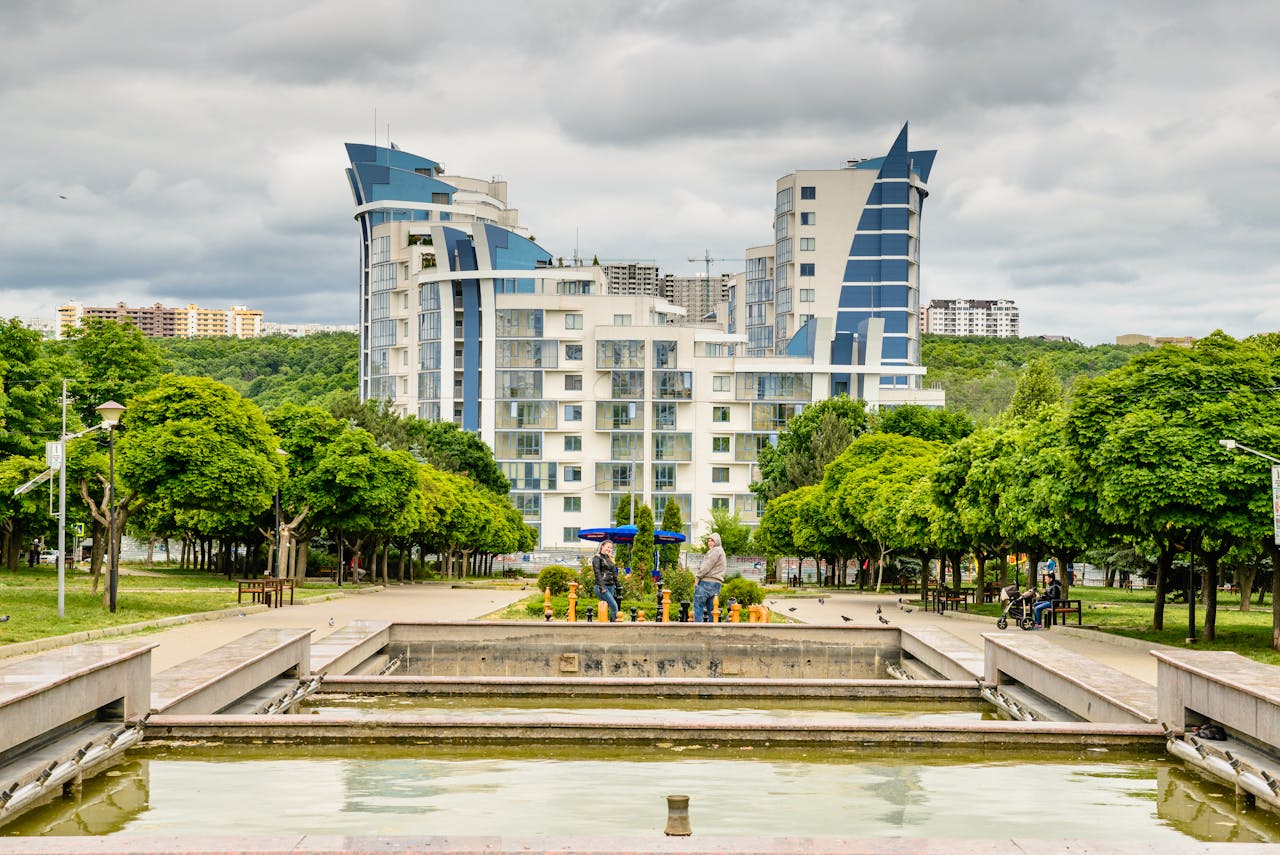
Projected decline 2020–2050: 16.7%. Economic push factors sent a large share of working-age citizens abroad by the mid 2020s, reshaping villages and caregiving. Grandparents often raise children while parents wire money home, and fertility hovers around 1.77. Remittances stabilize consumption but cannot manufacture larger birth cohorts. Leaders pursue infrastructure, wage growth, and re-skilling to slow the churn, yet strong migration networks remain self-reinforcing.
Japan

Projected decline 2020–2050: 16.3%. Nearly 29.1% of residents are 65 or older, and fertility near 1.3 keeps shrinking the base. Japan manages contraction with precision—automation, eldercare innovation, and targeted immigration—but the math stays stern. Rural prefectures feel it first through school mergers and clinic shortages. Cities remain vibrant, yet the long arc points to either more births, more newcomers, or both, plus a social compact that welcomes change without losing cohesion.
Albania
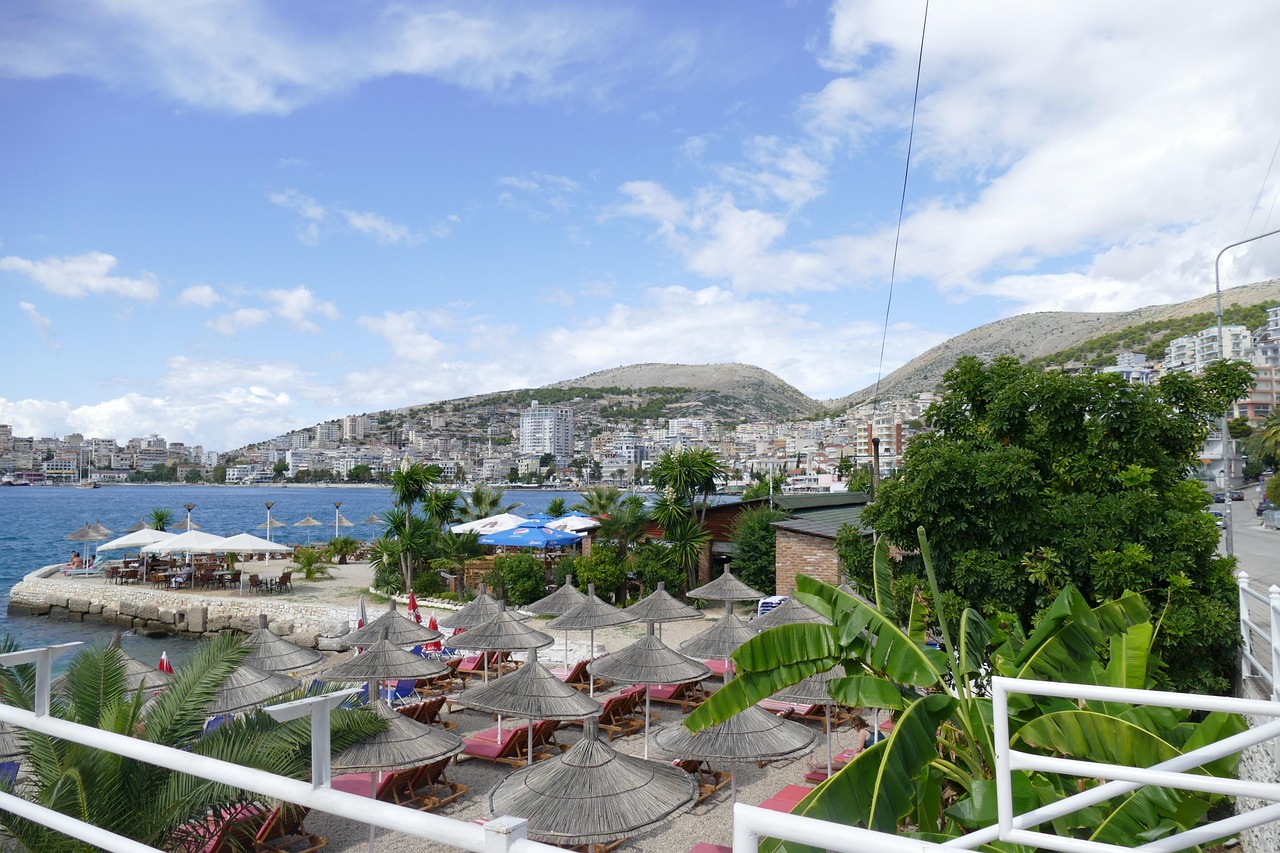
Projected decline 2020–2050: 15.8%. Albania’s aging profile and fertility near 1.6 combine with outward migration to thin the pipeline. Young adults leave for education and wages, then often settle abroad when careers and families form. Each year away makes return harder to stage. Cities try to keep talent with creative industries and better transport links, but the ladder out still looks smoother than the ladder up. Demography follows those choices with a predictable delay.
Romania

Projected decline 2020–2050: 15.5%. Since 2007, sustained emigration to Western Europe has paired with fertility around 1.6. The pattern yields smaller cohorts and older towns, even as tech corridors and manufacturing hubs add jobs. Some regional cities show promise in pulling residents back, but replacement requires a long runway. Families weigh schools, healthcare, and housing as much as salaries when deciding whether roots beat routes.
Greece

Projected decline 2020–2050: 13.4%. The financial crisis that began in 2009 delayed family formation and pushed graduates abroad. Fertility remains below replacement, so even rising tourism and investment cannot quickly rebuild the base. Villages test local fixes—shared childcare, remote-work co-ops, and renovation grants—but scale decides outcomes. The central question is direct: can opportunity grow fast enough to make staying feel wise again for young families.


